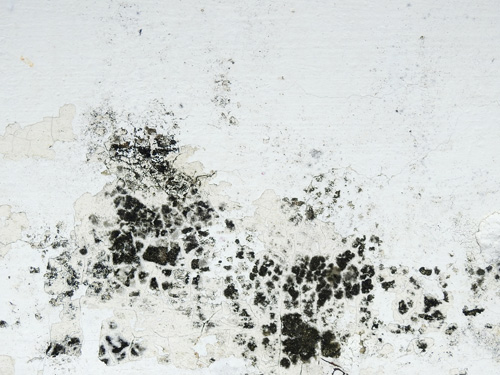We’ve worked with countless patients who’ve gone down the rabbit hole of unexplained symptoms—only to discover that the culprit isn’t “all in their head” but all in their home. Mold exposure, and the body’s response to it, is one of the most underestimated and misunderstood root causes of chronic health issues. When mold enters the picture, histamine is often right behind it—fueling a cascade of inflammation that can leave people feeling hopeless and chronically unwell.
Mold: A Master Trigger of Mast Cells
Mast cells, the body’s frontline immune responders, are wired to react to threats. One of their key weapons? Histamine. In people with mold sensitivity, mold allergy, or mycotoxin exposure, mast cells are often hyperreactive, flooding the body with histamine and other inflammatory compounds. The result is a wide range of debilitating symptoms, including:
- Itchy skin, hives, or rashes
- Headaches and brain fog
- Shortness of breath or sinus congestion
- Gastrointestinal issues (bloating, nausea, food intolerance)
- Anxiety, sleep disturbance, or mood swings
- Hormonal imbalances or menstrual irregularity
These symptoms often get worse in damp environments, after rainstorms, or when entering certain buildings. Mold is insidious, and for those with mast cell dysregulation, it can turn their entire home into a trigger.
Living in Mold: When Your Home Makes You Sick
If you’ve lived in a damp, musty space, or have had water damage (even if long resolved), there’s a chance mold has taken hold—sometimes behind walls or under floors where you can’t see it. We’ve worked with patients who only realized the connection after massive lifestyle upheavals: leaving their homes, remodeling, or moving altogether. And often, it wasn’t until then that their histamine symptoms began to improve.
As one patient put it:
“I didn’t believe mold was behind it. But once I left the house, it was like someone took a weight off my entire body. My histamine symptoms, food reactions, even my hormones started balancing out.”
Diagnosing Mold Reactivity: What to Check
Unfortunately, mold-related illness doesn’t always show up clearly on standard labs. But there are a few steps we recommend to help uncover reactivity:
1. Mold Allergy Scratch Testing
Skin prick tests can help identify if your immune system is reacting to specific mold species like Aspergillus, Penicillium, or Cladosporium. A positive reaction doesn’t confirm mold toxicity—but it does suggest you’re reactive to mold spores in the air.
2. Urinary Mycotoxin Testing
This functional test looks for mycotoxins—toxic byproducts of mold—in your urine. It’s not foolproof, and results can vary based on timing, exposure level, and detox capacity. But in combination with your symptom picture and environmental history, it can be revealing.
3. Histamine & Mast Cell Assessment
Histamine intolerance testing (serum DAO levels, plasma histamine) and clinical assessment of mast cell activation syndrome (MCAS) can offer a broader picture. If your symptoms align with mast cell involvement, this adds another layer of insight into how mold may be impacting you.
The Path to Healing
If you suspect mold is making you sick, it’s important to take a multi-layered approach:
- Address your environment: Professional mold inspection, remediation, or even relocation may be necessary.
- Support your body: Mast cell stabilizers, low-histamine diets, binders (like charcoal or bentonite clay), and detox protocols can help the body calm its response and eliminate toxins.
- Listen to your symptoms: If you feel better on vacation or worse during damp seasons, take note. Your body is speaking to you—loudly.
You’re Not Crazy—Mold & Histamine Are Real
We’ve seen firsthand how powerful the impact of mold and histamine can be. For some, it leads to total home overhauls. For others, it finally explains years of mysterious symptoms. Wherever you are on your healing journey, know that you’re not alone, and there is a path forward.
We’re here to help you untangle the histamine-mold puzzle with compassion, precision, and real solutions.







Hi, this is a comment.
To get started with moderating, editing, and deleting comments, please visit the Comments screen in the dashboard.
Commenter avatars come from Gravatar.